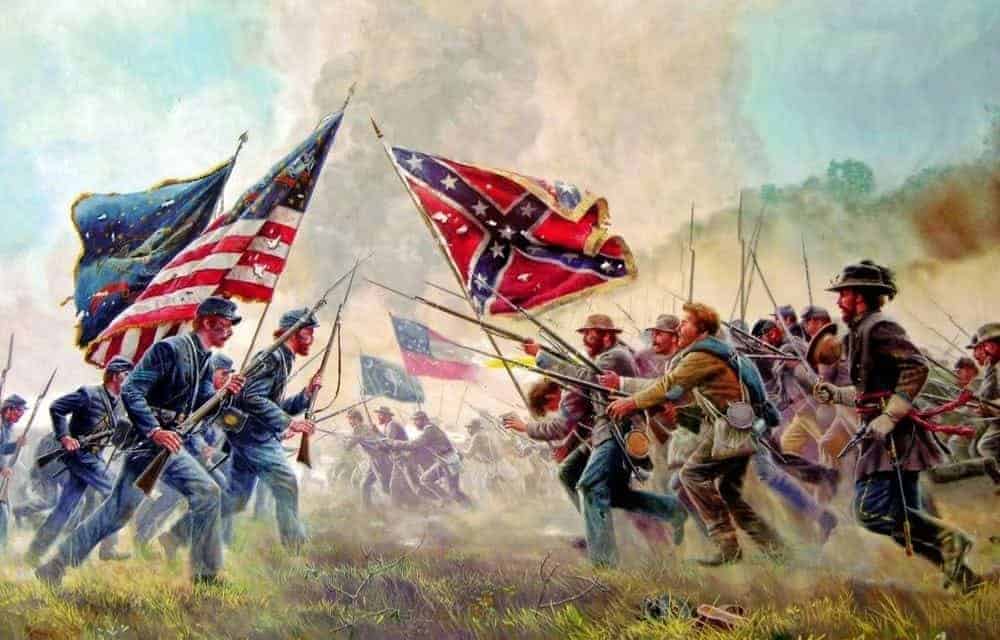The American Civil War was and remains the bloodiest war in American history. With over 600,000 casualties, none of the other wars that the US has participated in abroad even come close. World War I comes in at just under 54,000, World War II at a little under 300,000, and Vietnam at around 50,000. Those numbers are only combat deaths.
No matter what way you look at it, the Civil War was a terrible war for the American populace that despite other gigantic wars abroad has yet to be matched in terms of tragedy for the American people.
This article examines the 9 bloodiest battles of the bloodiest war in American history. The numbers we’ve included are the total casualties, including wounded, missing and killed. You also have to remember that the North had a lot more manpower to throw at the battles than the South did, so they usually ended up losing more in a lot of these battles.
Gettysburg, Pennsylvania (July 1-3 1863)
Perhaps the most famous battle of the Civil War is the Battle at Gettysburg. It also happens to be the bloodiest in terms of total casualties. It tops number two on this list by more than 10,000 casualties.

Gettysburg Statistics
Total Troops North – 93,921 South – 71,699
Casualties: North – 23,055 South – 23,231 Total – 46,286
General Robert E. Lee had high hopes for the Gettysburg campaign. His Army of Norther Virginia was riding high after success at Chancellorsville in May, and he hoped to push the main theater of fighting north into Pennsylvania. His hopes were that if more fighting was done in the North, Union supporters would start to lose faith in the fight.
That isn’t what happened. Instead, the battle at Gettysburg raged for three days, and was a slaughter on both sides. From a casualty perspective, as you cans see from the numbers, both sides came out about equal.
From a perspective of momentum, however, it was a flat loss for Lee and his army. The largest failure came on the third day of fighting when Lee led his cavalry, some 12,000 strong, into a straight on attack of the Union line. It was repulsed and led directly to the retreat of Lee’s army.
Historians differ on the impact that Gettysburg had on the Civil War’s ultimate ending. Some argue that it is the turning point of the war, as it repelled Lee from the North and allowed a more structured Union advance into the Deep South. However, others argue that there is no single turning point, and that Gettysburg is just one battle that played a role in the ultimate downfall of the South.
The numbers for this battle alone come close to some of the totals for entire wars the US has fought in throughout its history. Gettysburg was so influential in the war, that President Abraham Lincoln used the site of the battle as the location for an address in November of 1863, one of the most famous speeches ever given by a sitting US president.

